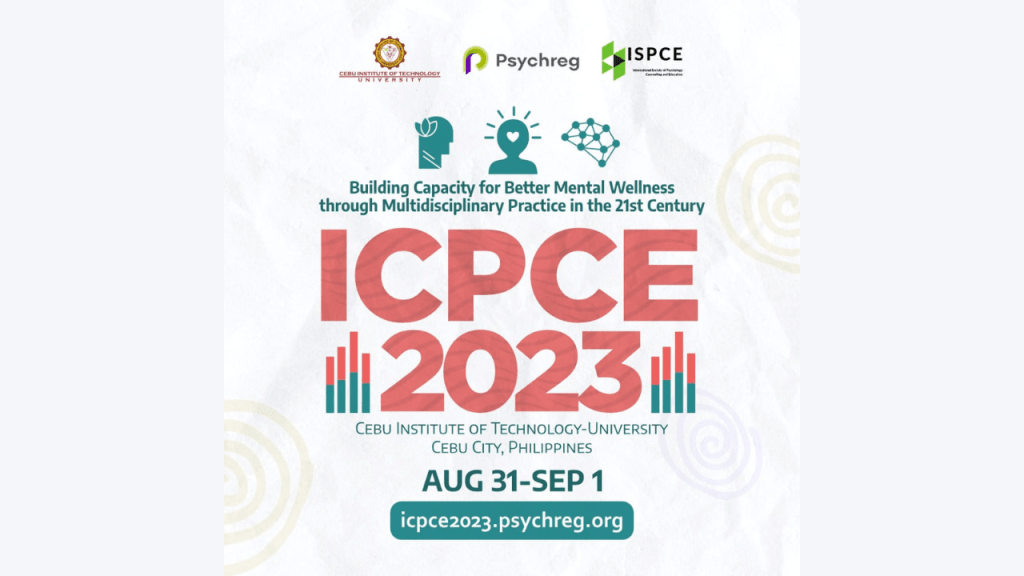Self-harm is something that can be really hard to get past. It can be a means to express pain and grief, which can affect self-esteem and mental health in general. The reasons for self-harm can vary and it very much depends on the individual’s locus of evaluation and how they perceive their personal experiences.
Patience is key
As a mental health practitioner, I find it can really help to understand the cycle of self-harm to build the empathy factor within the therapeutic relationship, and it can also help to allow the client to process their feelings in their own time, in their own non-judgemental space.
It may take time for the client to open up, and we as therapists may feel stuck at times, but don’t let that affect you as you’re providing something that the client already needs – the space to explore their feelings and a warm and caring aura.
Understanding triggers
It can really make a huge difference by understanding the triggers that lead to the client wanting to self-harm. This may include people and social situations, contradicting views and beliefs that don’t match with the client’s frame of reference, anniversaries pertaining to loss, and intrusive thoughts.
It might help to break it down into small stages by:
- Noting down what may have happened before the self-harm urges appear
- Recognising what sort of physical or emotional symptoms lead to these urges
- Identifying sources of distractions
Examples of distractions
Writing a journal or a thought diary can be really helpful as it can follow the process of moving thoughts from the brain to the hand to the pen to the paper. Some people may choose to store these diaries as a memoir to remind them of their journey and process, and some may choose to burn it as a sign of cremation and immerse it as a sense of metaphorical transporting into thin air.
Listening to music can be really soothing, where it could take us from a really dark place to something more pleasant. Research shows music can evoke mood changes and soft music, in particular, can create magic in the form of imagination.
Working through a distraction box where the individual can store things that make them feel comfortable. This could include a warm blanket which could signify warmth and care, photographs of meaningful people such as family, friends, or people they look up to, to help them build a protective factor and provide a sense that they could come back and talk to this special someone when they feel distressed. You could also ask them to put in something that associates with their hobbies and interests such as crocheting kits, CDs of their favourite movies or songs, or even a soft toy to cuddle.
Further support
There are a lot more distractions you could find on our website and also via our ‘chat to TAV’ option who is our friendly elephant resident and happy to help with further distractions 24/7.
We at RightLines also provide a free and confidential webchat service from 4pm–8pm on Tuesdays to Fridays where you’re able to explore and talk things through. If you or anybody you know is struggling with self-harm and need further support, please feel free to get in touch and spread the word.
Taslim Hassan works for RightLines.




























